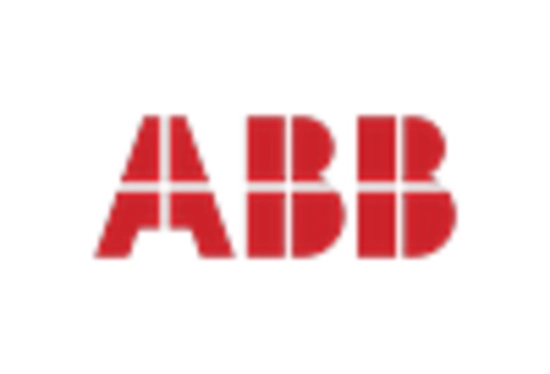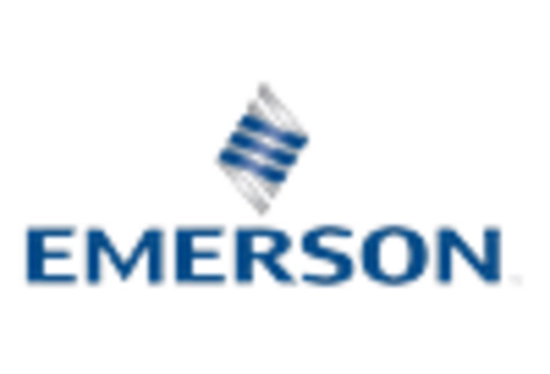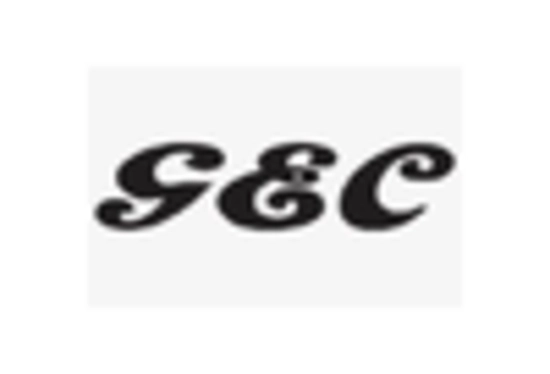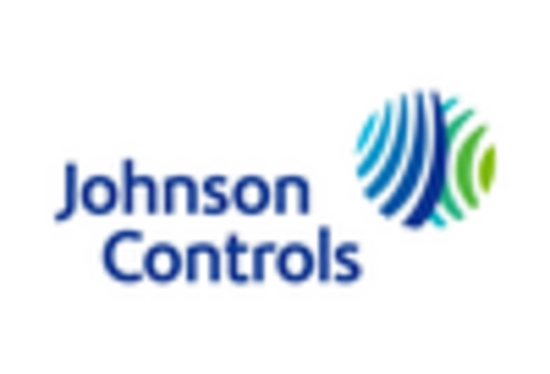The Industrial Emission Control System Market is currently characterized by a dynamic competitive landscape, driven by stringent regulatory frameworks and an increasing emphasis on sustainability. Key players such as Emerson Electric Co. (US), Siemens AG (DE), and Honeywell International Inc. (US) are strategically positioning themselves through innovation and technological advancements. Emerson Electric Co. (US) has focused on enhancing its digital solutions to optimize emission control processes, while Siemens AG (DE) emphasizes its commitment to sustainability through the development of energy-efficient systems. Honeywell International Inc. (US) is leveraging its expertise in automation and data analytics to provide comprehensive emission control solutions, thereby shaping a competitive environment that prioritizes technological integration and environmental responsibility.
In terms of business tactics, companies are increasingly localizing manufacturing and optimizing supply chains to enhance operational efficiency. The market appears moderately fragmented, with several players vying for market share. However, the collective influence of major companies like ABB Ltd. (CH) and Mitsubishi Heavy Industries, Ltd. (JP) is notable, as they engage in strategic partnerships and collaborations to strengthen their market presence and expand their product offerings.
In August 2025, ABB Ltd. (CH) announced a partnership with a leading technology firm to develop advanced AI-driven emission monitoring systems. This strategic move is likely to enhance ABB's capabilities in real-time data analysis, thereby improving compliance with environmental regulations and positioning the company as a leader in innovative emission control solutions. The integration of AI technology into their systems could potentially revolutionize how industries monitor and manage emissions, aligning with global sustainability goals.
In September 2025, Siemens AG (DE) launched a new line of emission control technologies designed specifically for the manufacturing sector. This initiative reflects Siemens' commitment to addressing the unique challenges faced by manufacturers in reducing emissions. By tailoring solutions to specific industry needs, Siemens is likely to strengthen its competitive edge and foster long-term customer relationships, which may be crucial in an increasingly eco-conscious market.
In July 2025, Honeywell International Inc. (US) expanded its portfolio by acquiring a startup specializing in carbon capture technologies. This acquisition is indicative of Honeywell's strategy to diversify its offerings and enhance its sustainability initiatives. By integrating cutting-edge carbon capture solutions into its existing emission control systems, Honeywell may not only improve its market position but also contribute to broader environmental objectives, thus appealing to a growing base of environmentally conscious clients.
As of October 2025, the competitive trends in the Industrial Emission Control System Market are increasingly defined by digitalization, sustainability, and the integration of artificial intelligence. Strategic alliances among key players are shaping the landscape, fostering innovation and collaboration. The shift from price-based competition to a focus on technological advancement and supply chain reliability is evident, suggesting that companies that prioritize innovation and sustainability will likely emerge as leaders in this evolving market.


















Leave a Comment